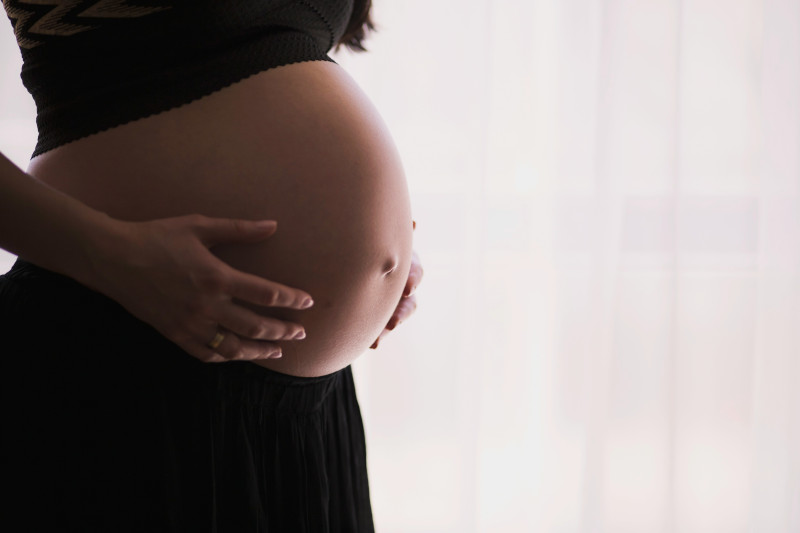What is SPD?
You may have heard the term SPD (Symphysis Pubis Dysfunction) in pregnancy – it’s often also called Pelvic Girdle Pain (PGP). During pregnancy, your body produces a special hormone called Relaxin. As the name suggests, its job is to “relax” ligaments and tendons around the pelvis to make space for birth. In fact, levels of relaxin rise up to 100 times higher than in non-pregnant women or men! This is incredibly helpful when it comes to giving birth, but sometimes those loosened joints can cause problems too early.
Why does it happen?
Because relaxin travels through the bloodstream, it affects all ligaments and tendons in the body, which explains why some women feel more aches and pains during pregnancy, or are more prone to strains.
At the pelvis, the extra flexibility can sometimes become uncomfortable. If the pubic symphysis joint (the joint at the very front and centre of the pelvis) widens or moves more than it should, it can lead to pain and instability what we call SPD.
It’s particularly common in women who are already naturally flexible (hypermobility), as their baseline joint laxity leaves less room for the added effects of relaxin.
What does it feel like?
● Aching or sharp pain around the pubic bone, hips, or lower back
● Clicking or grinding in the pelvis
● Pain that worsens when walking, climbing stairs, or rolling over in bed
● Difficulty with everyday tasks like putting on shoes or getting out of the car
What can help?
● Pillow support at night – sleeping with a pillow between your knees keeps the pelvis neutral and reduces strain.
● Avoiding flare-ups – try not to stand on one leg, twist suddenly, or take big wide steps.
● Gentle, specific exercise – strengthening the muscles around the pelvis provides stability and reduces pain.
● Hands-on treatment – Osteopathy and physiotherapy can gently ease tension and restore balance.
The good news is that for most women, as hormones settle after birth, the condition improves or resolves completely. For others, some joint laxity and discomfort may linger a little longer, which is where treatment and exercise make all the difference.
How we help at RJ Clinic
Our Osteopaths Holly and Sophie, have specialist training in women’s health and experience supporting women with pelvic girdle pain.
Here’s how Holly explains her approach:
“I guide my patients through a gentle technique involving activation and relaxation of the muscles around the pelvis in a very specific order. This process can ‘reset’ the tension in certain muscles, allowing the joint to settle into a more comfortable position. While we can’t stop relaxin making ligaments stretchy, we can prevent extra strain from unbalanced muscles, often giving women substantial and instant relief when moving their legs and bearing weight.”
She adds:
“My biggest tip is to always sleep with a pillow between your legs- preferably one with enough depth so the upper leg lays flat- like you could rest a tray on there. It sounds simple, but it can transform how you feel the next day by keeping the pelvis supported overnight when the body is healing. From there, we build in specific exercises to strengthen the surrounding muscles to better support your pelvis so improvements last.”
If you’re struggling with pelvic girdle pain in pregnancy, you don’t have to put up with it.
With the right support, relief is possible, and often quicker than you’d think.

